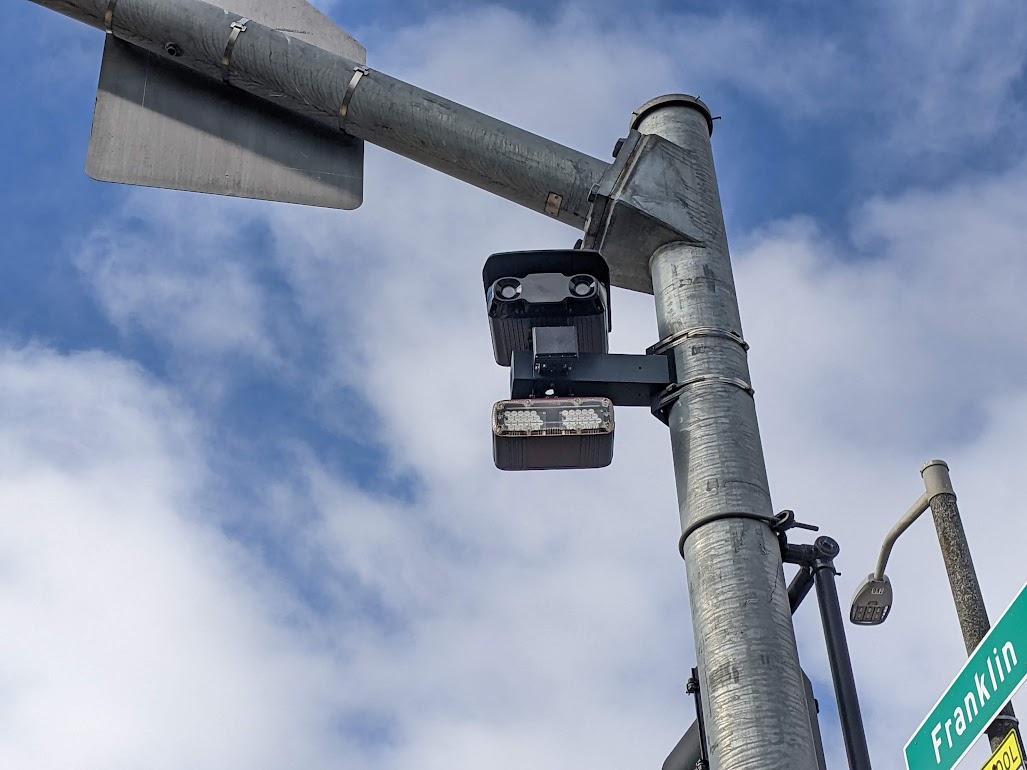
"On average, there was a 72% reduction in speeding vehicles across these 15 sample sites. Here are a few other key statistics from our latest speed study: Approximately 20,000 fewer vehicles are speeding at these locations every single day. Generally, there has been a 4 MPH drop in average speeds at all 15 sample sites since the installation of our cameras."
"That camera, wrote the Chronicle's Danielle Echeverria, accounted for almost a quarter of logged speed violations included in SFMTA's data release. It's perhaps no surprise that drivers continue to speed on such a wide street that acts almost as an extension of I-80. It shows that the infrastructure that encourages reckless driving is still the biggest culprit. It also underscores a fact about speed cameras that often seems lost in the conversation: they deter speeding, but they don't prevent it."
Speed camera enforcement produced a 72% average reduction in speeding across 15 sample sites. Approximately 20,000 fewer vehicles speed at these locations every day. Average speeds dropped about 4 MPH at those sites after camera installation. Before cameras, 12 of 15 locations had average speeds above posted limits; now all 15 are below limits. One camera on Bryant Street accounted for nearly a quarter of logged violations, reflecting a wide street acting as an I-80 extension that encourages speeding. Cameras deter speeding but do not physically prevent it; drivers can pay or ignore fines and license points are not added.
Read at Streetsblog
Unable to calculate read time
Collection
[
|
...
]